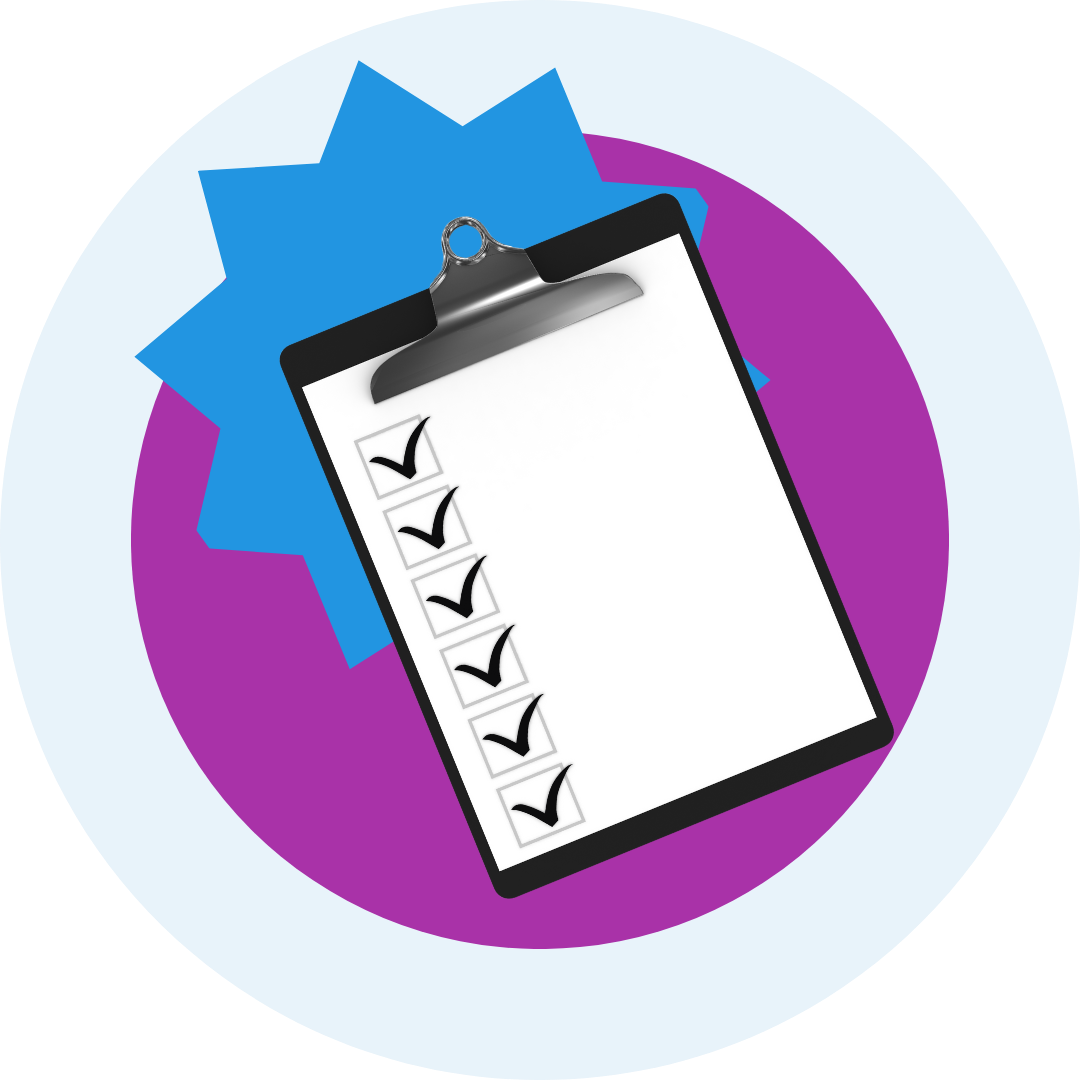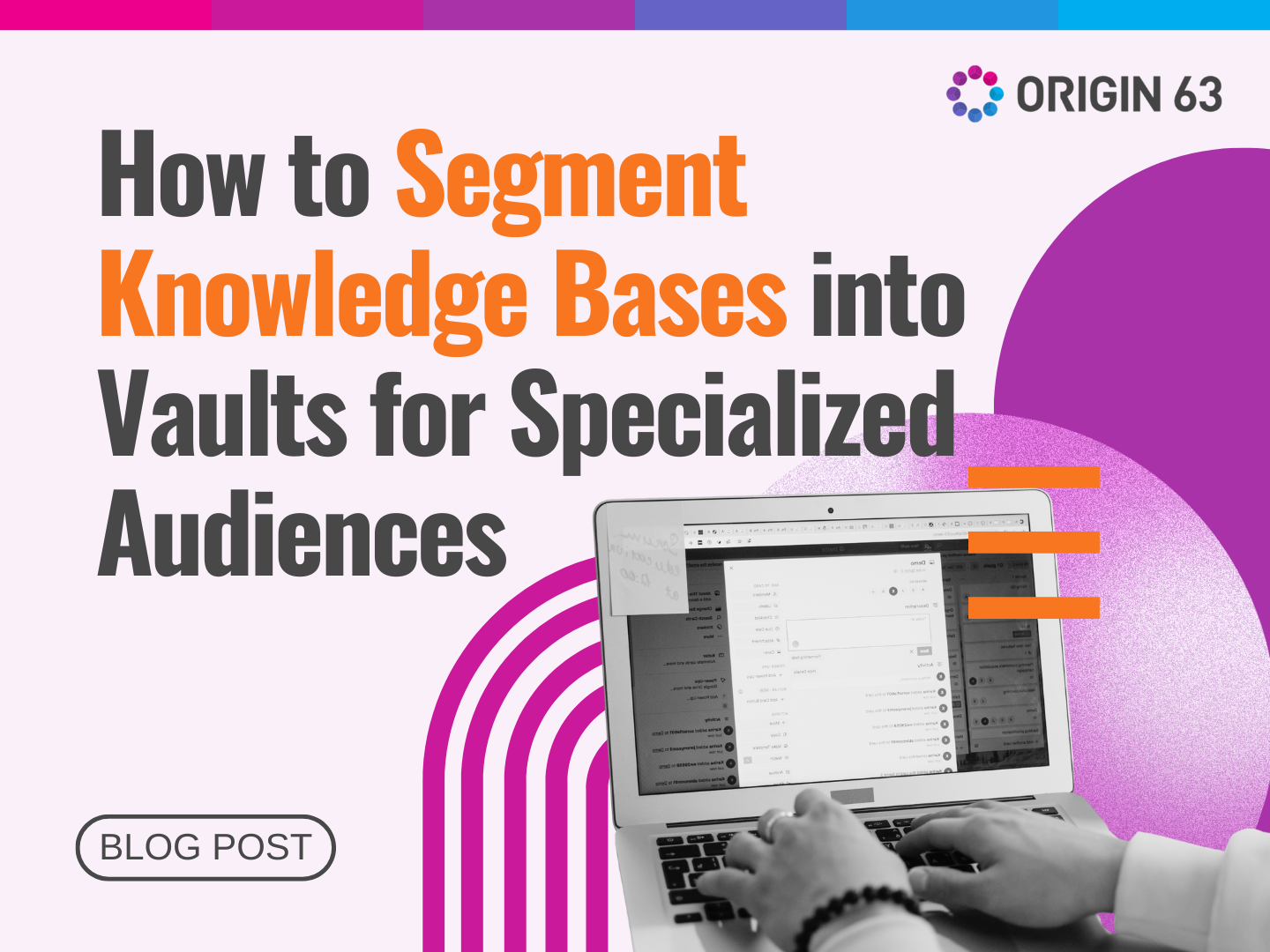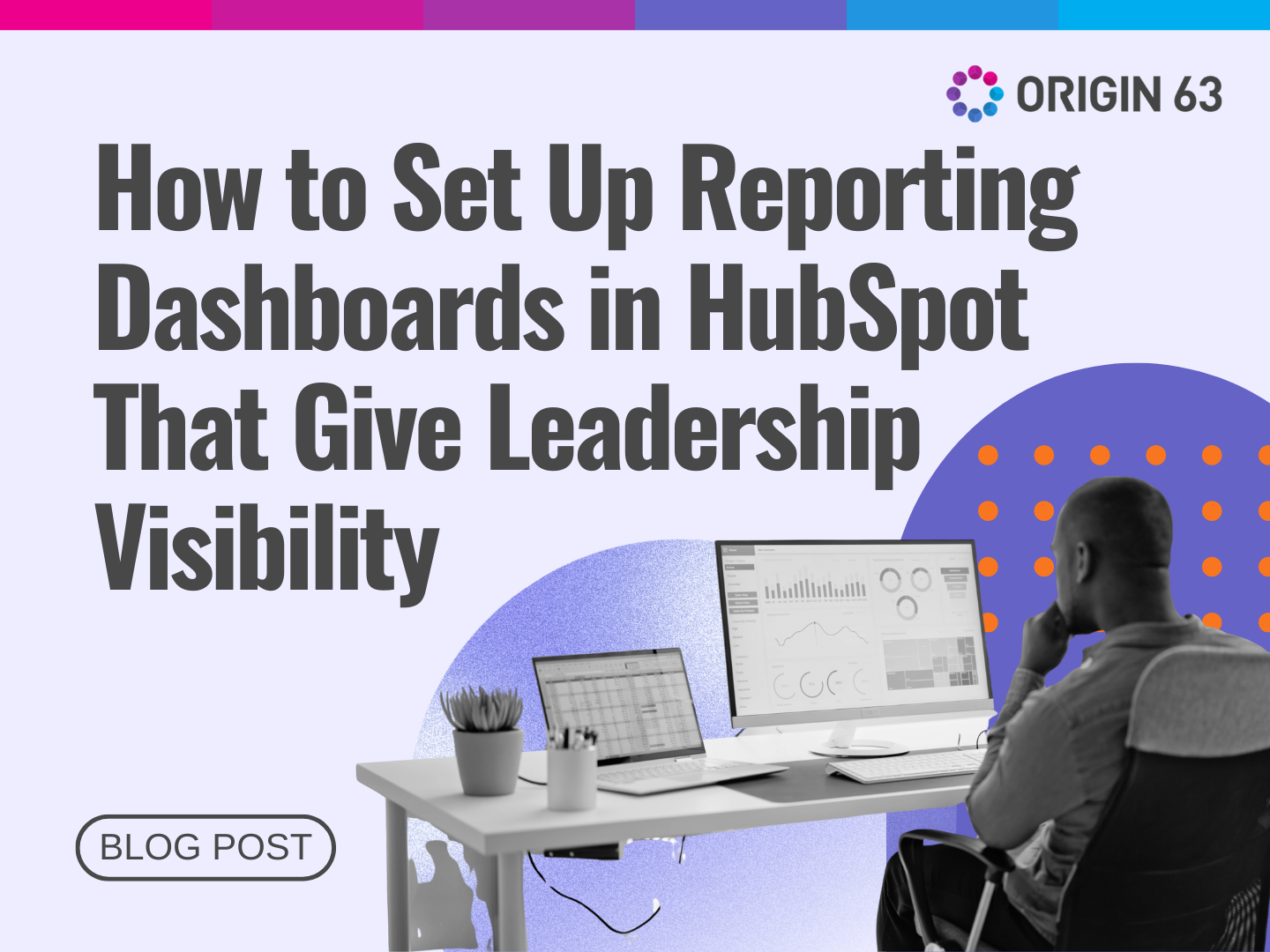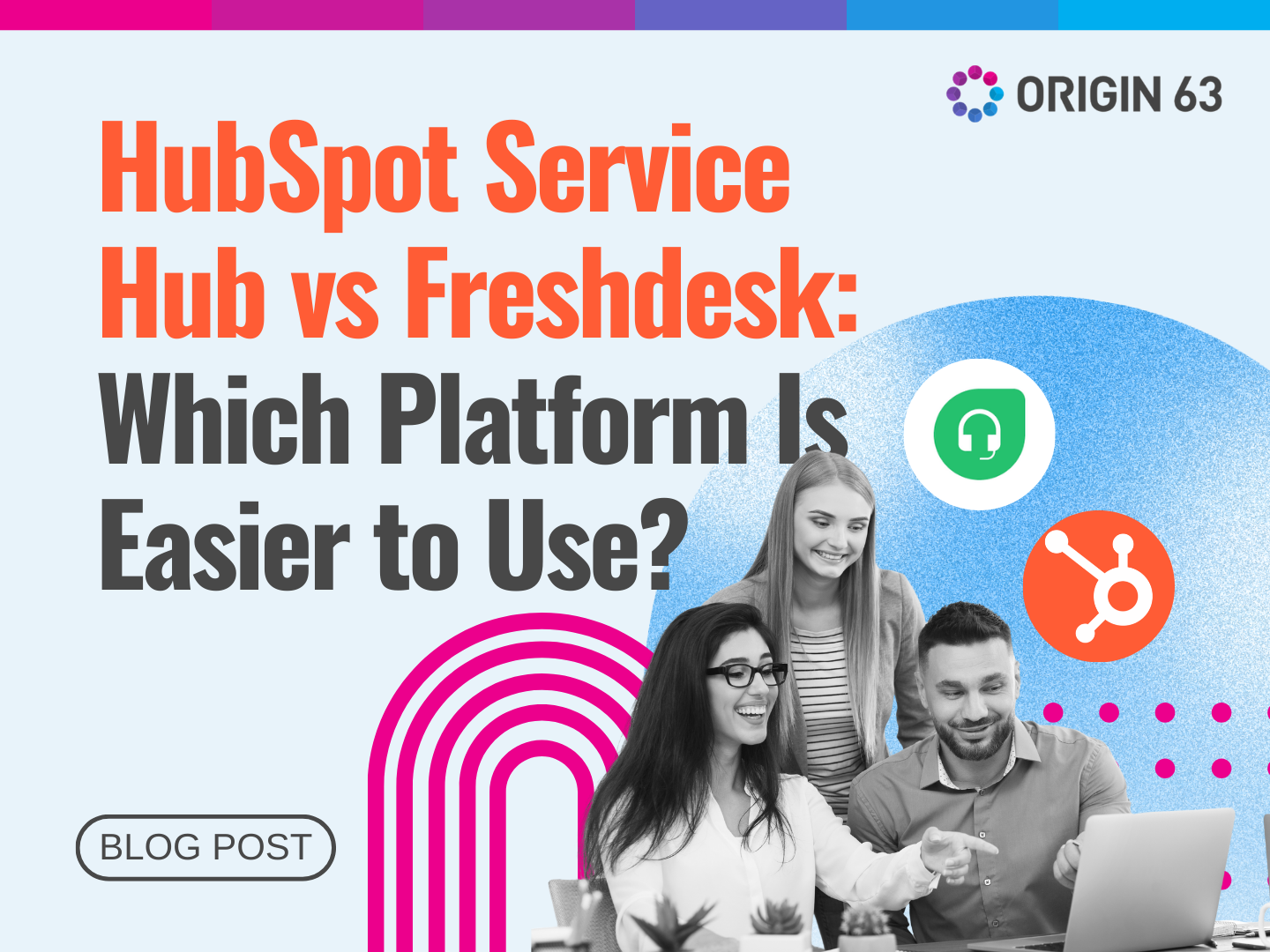If you are considering migrating to a new CRM or almost ready to start, you’ve already taken the first step of getting your ducks in a row.
At the end of the process, you can already see the future state with a more connected team, shattered data silos, and the elements leading to increased pipeline and revenue.
But the road ahead seems long, dark, and winding. So, where do you go from here?
We recommend a well thought out CRM migration project plan to ensure a smooth transition. We built this checklist with all the key steps and milestones to follow for a successful experience.
1. Define a Project Owner
With so many moving pieces in a CRM migration, we recommend assigning a dedicated person to run the project. This person will make sure the project moves forward appropriately and successfully.
We also recommend documenting the roles and responsibilities of everyone else involved in the project.
Pro tip: Include a member of the team who is technically skilled and have them supported by an experienced project manager.
2. Create A Data Inventory
Before you move your data, take a moment to strategize. Think about why you’re migrating data in the first place and where information is going in the new CRM.
Think of the process as cleaning your closet: If it’s been a year since you last wore some of your clothes, you're probably not going to wear them again. So, you donate them or throw them out.
If you wouldn’t keep clothes you no longer need or want, you wouldn’t want to bring dirty and outdated data into your new CRM. It's a smart practice to clean and update or discard unwanted data before moving CRMs.
As you’re cleaning out your database, think about which information you need to capture (i.e.: activities, tasks, meetings, calls, notes, etc.) and the data you're already capturing. From here, you can plan how to organize it and add it to your next CRM.
As you’re preparing, structure your data for import. This means reviewing your data and ensuring all the information is in a consistent, complete format.
3. Prioritize and establish a timeline
Are you moving Contacts and Deals to the new CRM? Do you need to recreate automation assets and reports?
The order you migrate your data (and team) depends on your business needs. Perhaps your team will need to migrate Sales first with pipelines and deals, then migrate Contacts since the Marketing department has a different performance rhythm.
We recommend our clients migrate contacts and deals first since both need to be associated and can cause considerable confusion if any of these are missing.
Historical activity data is usually the last stage of migration. And once you’ve migrated all of your data, you can recreate automation assets and reports.
Pro tip: If you are migrating cross-object data, it's better to define migration phases for each type.
4. Prepare the new CRM
Next, you’ll prepare the new CRM to receive the new information. This includes creating custom fields, mirror properties, standardizing values, and defining field formats, so the information syncs neatly.
5. Decide how you will migrate data
Consider if your team can import your data or if an API is needed. Our clients ask to migrate via API when there is activity to preserve into HubSpot (i.e. emails, calls, meetings, tasks, etc.); or there will be an ongoing integration with the originating system; or they want activity from Salesforce to map into separate activity objects, and not tasks; or data is in multiple CRMs and they want to reduce duplication while maintaining associations.
Pro tip: you can ask these specific questions: Where is data stored today? When does your subscription end for that system? Are any of those custom objects? What is the volume of data (i.e., # of records)? Would you like to move over activity data, such as meetings, calls, tasks, etc? Are there files stored on any records you’d need to bring over?
6. Import A Test Batch, Adjust And Repeat
If you don't have a Sandbox or a demo account setup, start your process by importing a test batch. This will ensure all your data lines up accurately and correctly – and you can fix any issues before they become overwhelming.
You can import a test batch of data to see where all the properties are landing in the new CRM, enabling you to ensure everything migrates correctly before importing your full data set.
Ideally, you will migrate or use APIs with a Sandbox account to see where your data is landing and make sure the data is imported properly.
Once you adjust any issues arising from the small test, you can proceed with the whole migration.
7. Confirm your migration date
Now that the end is in sight for your migration project, it’s time to set and confirm a final deadline. This date will be the cut-off in which your team will officially begin working in Hubspot.
Confirming this cut-off date and migrating all your information before said date will ensure you’re not missing any records, and your team is all working in the same platform.
8. Final migration of all data and QA review
Once you move forward with the full migration, take a moment to review your data. The migration project owner should define a formal review process with the involved departments to ensure the migration fulfills marketing, sales, or service teams' needs.
Think of this phase like a beta test where you can receive initial feedback before pushing it all live. What's working? What's not?
9. Train and enable your team
Getting your team to adopt the new platform and workflows may cause friction. However, you can minimize any hurdles with clear communication. In addition to hands-on training sessions, creating a Knowledge Base resource, including articles and step-by-step recordings can be helpful.
In conclusion, embarking on a CRM migration journey requires careful planning and execution to ensure a successful transition. By following the steps outlined in this CRM Migration Checklist, you can navigate the road ahead with confidence. Assigning a dedicated project owner, creating a data inventory, preparing the new CRM, prioritizing and establishing a timeline, deciding on the data migration method, importing a test batch, confirming the migration date, conducting a final QA review, and training your team are all crucial components of a smooth CRM migration process. With thorough preparation, effective communication, and a focus on meeting the needs of your marketing, sales, and service teams, you can achieve a more connected organization, eliminate data silos, and pave the way for increased pipeline and revenue in the future state.
How Can Origin 63 Guide Your CRM Migration Journey?
Origin 63, a trusted HubSpot Solutions Partner, is dedicated to guiding you towards success in utilizing your CRM migration journey. Our expert trainers ensure a seamless platform launch, empowering your team every step of the way. Contact us to enhance your customer service capabilities and achieve a more connected organization, eliminating data silos and driving elevated performance and satisfaction. Trust Origin 63 to unlock the full potential of your customer support.













.png?width=90&height=90&name=Arrows%20Partner%20Badge-test%20(1).png)

